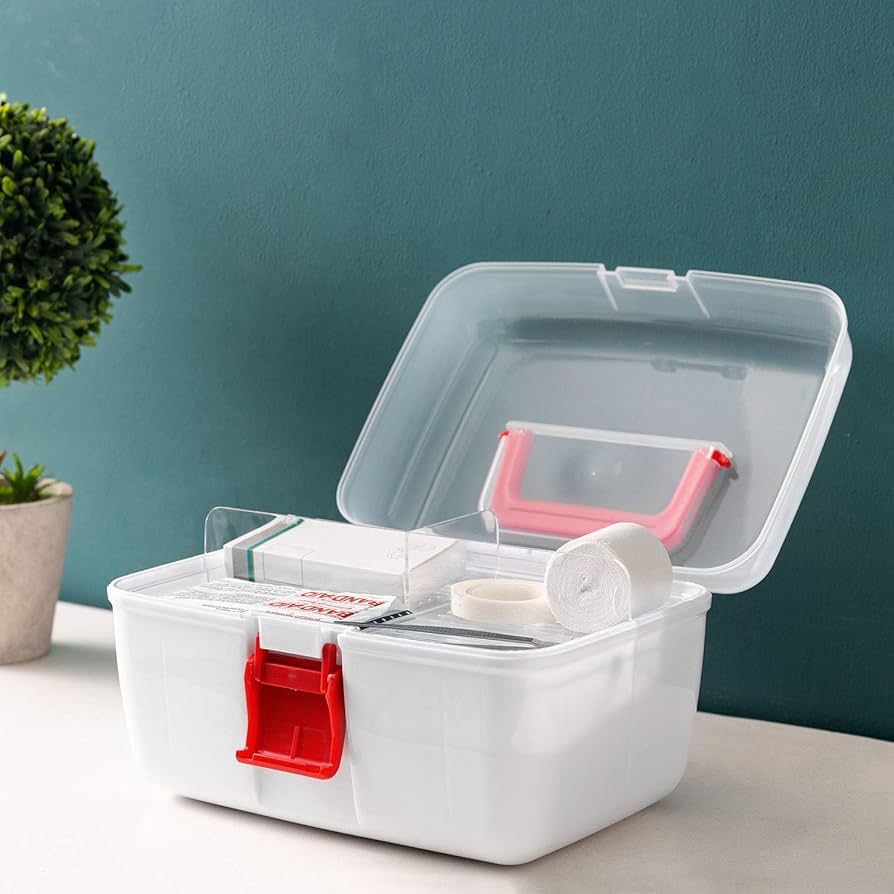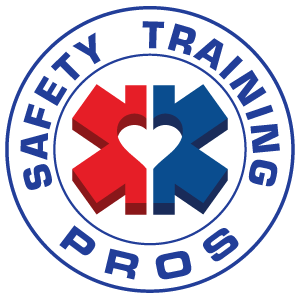Picture this: you’re cooking dinner, the knife slips, and suddenly there’s a deep cut and no bandages in sight. Or maybe your kid takes a spill on their bike, and you realize you don’t have anything to clean the scrape. That’s when a well-stocked first aid kit goes from “nice to have” to “lifesaver.”
September is National Preparedness Month, making it the perfect time to check your home emergency supplies and make sure your first aid kit is ready for anything.
📄 Free Download: Get our printable Home First Aid Kit Checklist and stock your kit with confidence.
Life doesn’t wait for you to be ready. Whether it’s a kitchen mishap, a power outage, or a full-blown disaster, having the right tools on hand means you can act quickly, prevent complications, and even save a life.
How to Build Your Kit
Start with a sturdy, waterproof container (a tackle box or latching plastic bin works great). Then, stock it with the essentials below.

General First Aid Supplies
These cover everything from minor scrapes to more serious injuries:
- Adhesive bandages (various sizes)
- Gauze pads (various sizes)
- Adhesive cloth tape
- Antiseptic wipes
- Antibiotic ointment
- Hydrocortisone cream (1%)
- Aloe vera gel (for superficial burns)
- Instant cold packs or resealable plastic bags for ice
- Triangular bandages (for slings)
- Elastic bandage roll (such as Ace wrap)
- Tweezers
- Scissors
- Digital thermometer
- Latex-free gloves
- Face shield for CPR
- Saline solution or wound wash
- First aid manual (such as Adult First Aid / CPR from Health & Safety Institute )
- Low-dose aspirin (baby aspirin) for suspected heart attack (after calling 911)
Check and restock your kit twice a year, and replace anything that’s expired or used up — because a dried-out bandage or expired pain reliever won’t help when you need it most.
Medications (Optional)
These aren’t required, but they can be helpful if you can store them safely:
- Ibuprofen or acetaminophen
- Antihistamines (such as diphenhydramine/Benadryl)
- Antacids
- Antidiarrheal (such as loperamide)
- Cough suppressant/decongestant
Special Considerations
Every family is different — your kit should reflect that.
Allergies: Choose non-latex gloves and bandages if anyone has a latex allergy.
Chronic conditions: Include condition-specific items like a spare inhaler, epinephrine auto-injector, extra test strips, or backup batteries for medical devices.
📄 Download our ready-to-use checklist and check off items as you go.
Get the Skills to Use Your Kit
A first aid kit is only as good as the person using it. That’s where training comes in.
At Safety Training Pros, we teach you how to stay calm, act fast, and give care that makes a difference — whether you’re helping a family member or a coworker. Check out our upcoming classes and make sure you’re ready when it matters most.
